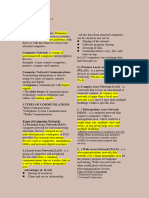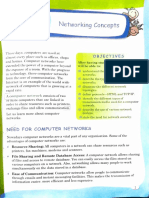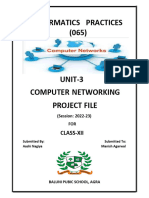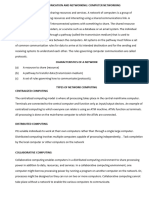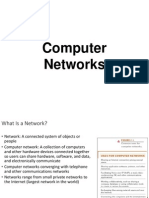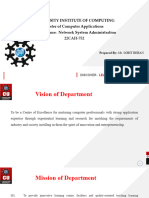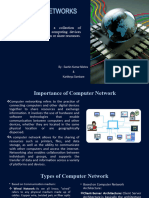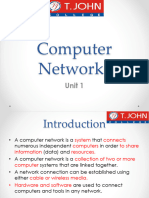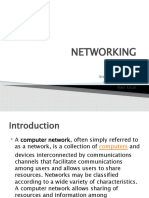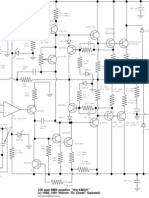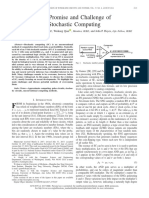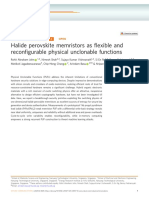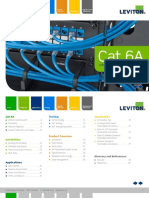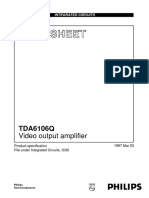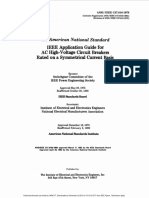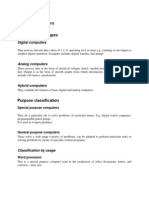0% found this document useful (0 votes)
100 views19 pagesInformation Practices: Instant Notes For Class 12
The document discusses various concepts related to information practices and computer networks. It defines key terms like computer, data, information, IP address, MAC address, domain name resolution, and different types of network topologies and media. It provides details on IPV4 and IPV6 addresses, describes bus, star, ring and mesh topologies, and discusses various wired and wireless network media like twisted pair cable, coaxial cable, optical fiber, radio waves, and microwaves.
Uploaded by
Azad BukhariCopyright
© © All Rights Reserved
We take content rights seriously. If you suspect this is your content, claim it here.
Available Formats
Download as PDF, TXT or read online on Scribd
0% found this document useful (0 votes)
100 views19 pagesInformation Practices: Instant Notes For Class 12
The document discusses various concepts related to information practices and computer networks. It defines key terms like computer, data, information, IP address, MAC address, domain name resolution, and different types of network topologies and media. It provides details on IPV4 and IPV6 addresses, describes bus, star, ring and mesh topologies, and discusses various wired and wireless network media like twisted pair cable, coaxial cable, optical fiber, radio waves, and microwaves.
Uploaded by
Azad BukhariCopyright
© © All Rights Reserved
We take content rights seriously. If you suspect this is your content, claim it here.
Available Formats
Download as PDF, TXT or read online on Scribd
/ 19




